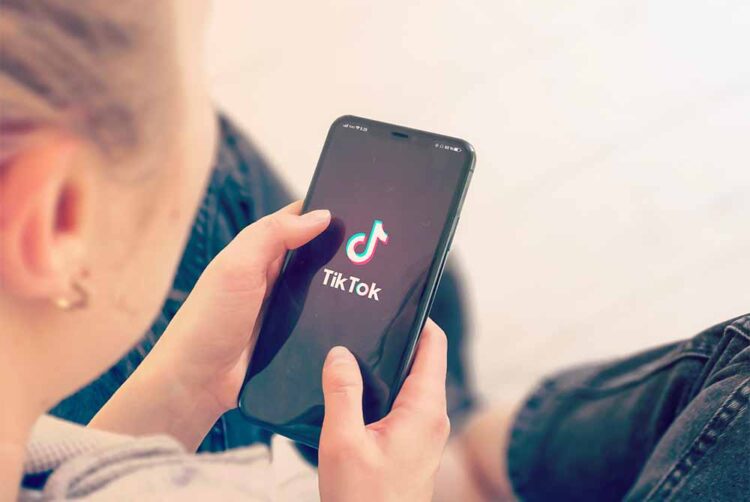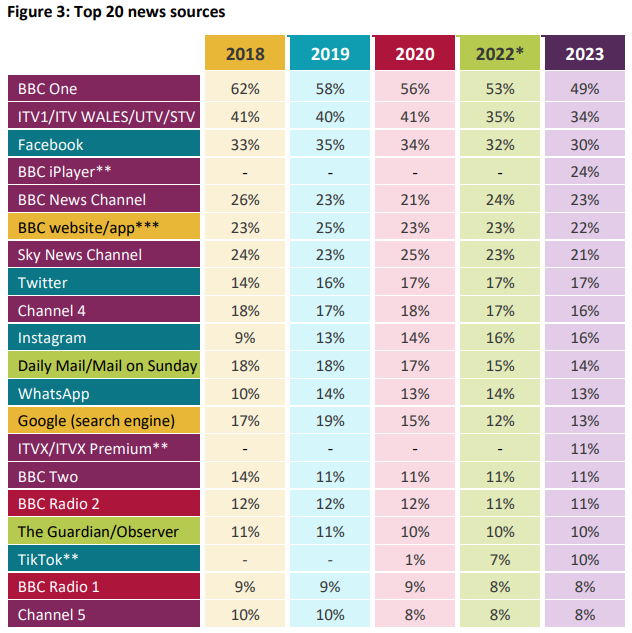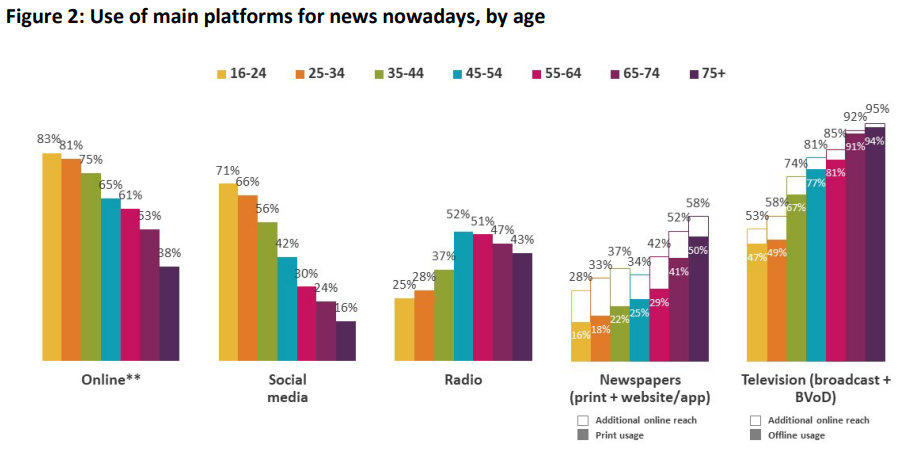Ofcom: TikTok a major and growing source of UK news consumption

TikTok is now used by 10% of UK adults as a source of news, according to the latest news consumption report from Ofcom.
That is equal to the proportion of UK adults that say they receive their news from The Guardian (10%) and ahead of BBC Radio 1 and Channel 5.

The growth in using the short-form video platform for news is the latest example of the shift in news consumption driven by younger audiences. According to the report, 71% of individuals aged 16-24 say they use social media for news, compared to just 53% using broadcast TV and 28% using print or online newspapers.

Ofcom found that among this age group, BBC One is the only traditional media source to make their top five news sources consumed (33%). The others included Instagram (44%), Facebook (33%), Twitter (31%) and TikTok (29%). Meanwhile, 10% of UK 16-24s claim to consume no news at all, twice the figure for all adults (5%).
Analysis: Generation Uninformed?
The rising popularity of social apps for news among younger audiences isn’t surprising if you’ve ever talked to a teen or twentysomething, but the shift in news consumption habits is no less worrying for those that care about supporting high quality news organisations and, through them, democracies.
“We can do very little about people prepared to watch videos about cats on TikTok,” chided columnist and former BBC presenter Raymond Snoddy in a recent episode of The Media Leader Podcast. “They are probably a lost generation. But the only hope for legitimate news and, ultimately, the survival of legitimate democracies, is to keep focusing on trust, accuracy, meaning, explanation—and okay, we all like a laugh and funny stories, but if the world is totally dominated by the funnies, we’re all in a serious position indeed.”
But with more young users preferring to spend their time on the likes of TikTok, publishers are needing to meet audiences where they are. AOP managing director Richard Reeves said on the same podcast, “there isn’t a news organisation or a publishing organisation I know of that doesn’t have a strategy off-platform. […] I think news is more aware of its ability and need to engage those audiences than ever.”
Audience expectations on TikTok skew toward “light-hearted” content and news, as detailed by Ofcom and in a prior study by media agency Fanbytes by Brainlabs. That has caused newsbrands to, at times awkwardly, attempt to adapt their coverage on the platform to increase appeal. Outlets have hired or outsourced help from creators to insert comedy into the news and develop strategies for attracting users’ attention within the first few seconds of videos, as audiences’ attention span on TikTok is miniscule.
The Ofcom report does not detail to what degree TikTok users are receiving news from newsbrands’ own accounts as opposed to from individual influencers or other new media companies that may not have established fact checking practices and standards. A report last September from news reliability ratings company NewsGuard found that 20% of news-related videos on TikTok contained misinformation.
Dr TikTok? Why younger audiences are turning to influencers for healthcare information
Underlying the anxiety that the rising popularity of TikTok for news could further erode trust is the fact that TikTok is owned by Chinese company ByteDance. It is reasonable to worry, as commentators like Snoddy have pointed out, that the Chinese government could try to assert influence over what individuals see on the app.
Even if, as TikTok has repeatedly claimed, the app is completely independent from undue influence, the high degree of misinformation already on platforms like TikTok, coupled with younger generations’ increased proclivity for news avoidance, does not bode well for creating well-informed future societies.




